Affiliate links on Android Authority may earn us a commission. Learn more.
Why isn’t Visible a Verizon MVNO?
Published onMay 16, 2018
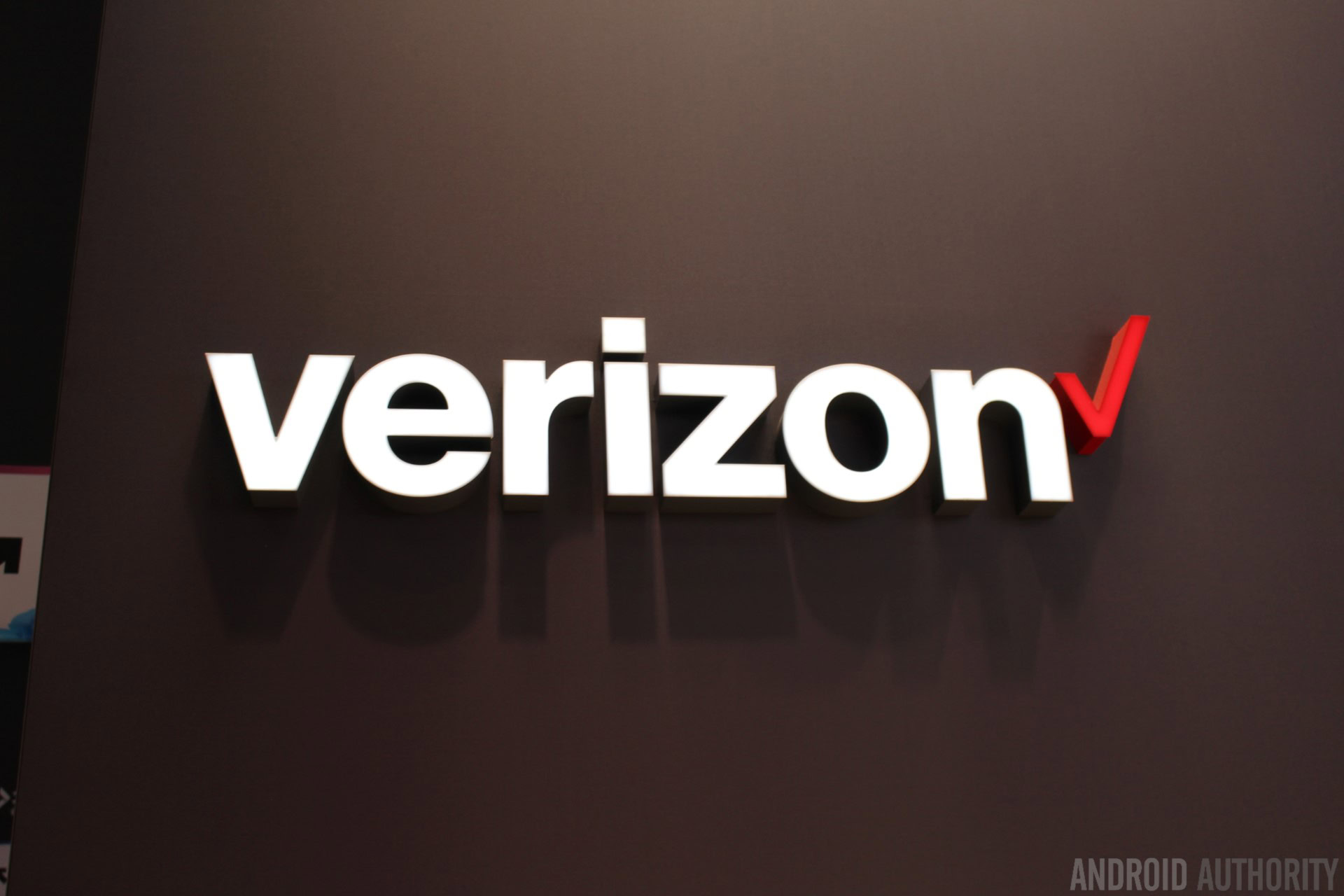
Earlier this week, we posted an article about a new mobile service called Visible, which gets you unlimited data, talk, and text on the Verizon network for only $40 per month. The service is in the early stages right now, with an invite-only system and current support for iPhones only.
In the first version of the article, we referred to Visible as a Verizon MVNO, or mobile virtual network operator. However, we received a message from Visible not long after publishing that asked us to alter the text. Visible explained that it is not an MVNO, but rather a “new kind of network provider” with a “modern technology approach.”
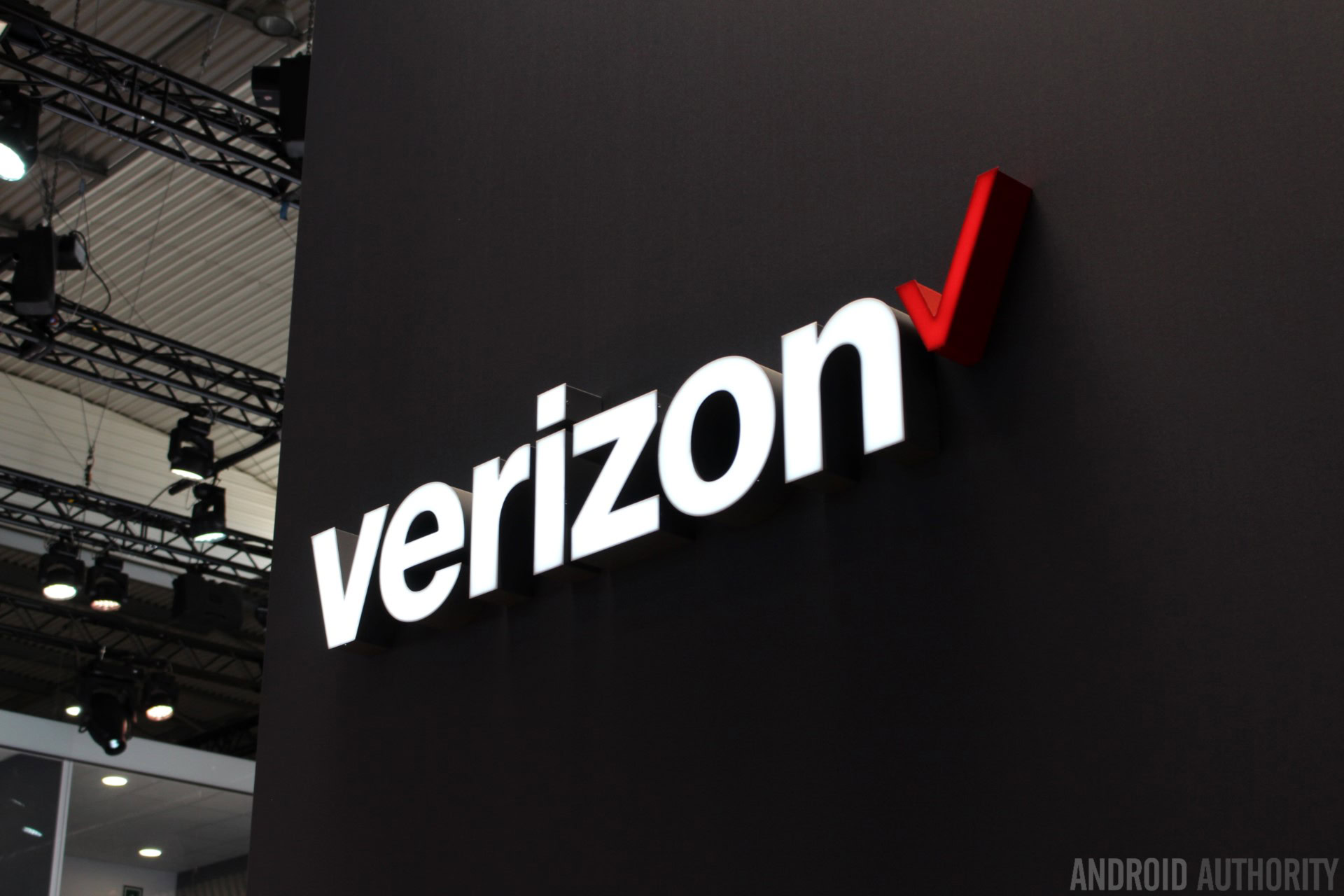
The “modern technology approach” refers to the fact that all transactions — from signing up for service, to getting your SIM card, to activation, to paying your first month’s bill — take place in the Visible app. There are no Visible brick-and-mortar stores, and Visible only offers one product: a $40-per-month unlimited plan on the Verizon network.
But if Visible is not a Verizon MVNO, then what is it?
The answer is that Visible is essentially Verizon; Visible and Verizon are one-and-the-same.
What is an MVNO?

A mobile virtual network operator is a company that offers wireless service on network equipment that it does not own. For example, popular MVNO Mint uses the T-Mobile network for its service. It buys network access from T-Mobile and then sells it to its customers for a profit. Mint can keep its prices so low because it has much less overhead than T-Mobile — no stores, less advertising, no network maintenance, smaller support staff, etc.
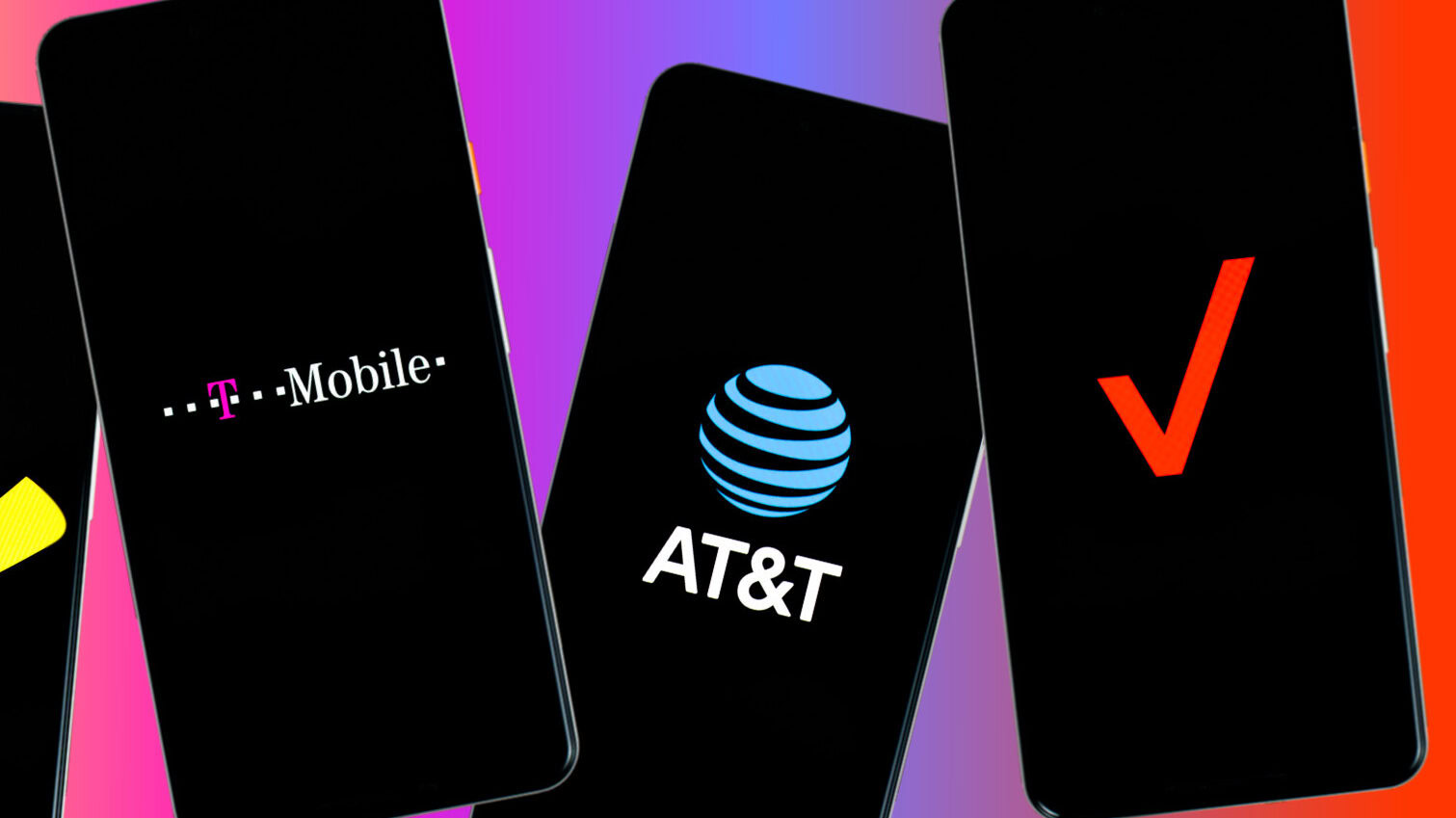
In turn, T-Mobile doesn’t have to worry about Mint stealing its customers because the network access T-Mobile allows Mint to have is of a much lower quality than T-Mobile customers receive. Mint customers get slower speeds that are capped at a certain threshold and have a lower-priority status than postpaid T-Mobile customers. In other words, you get what you pay for; Mint is a cheaper, but lower-quality T-Mobile.
Visible is very similar in that it offers slower speeds at a capped threshold, and Visible customers are at a lower priority than postpaid Verizon customers.
So wait… how is Visible not a Verizon MVNO?
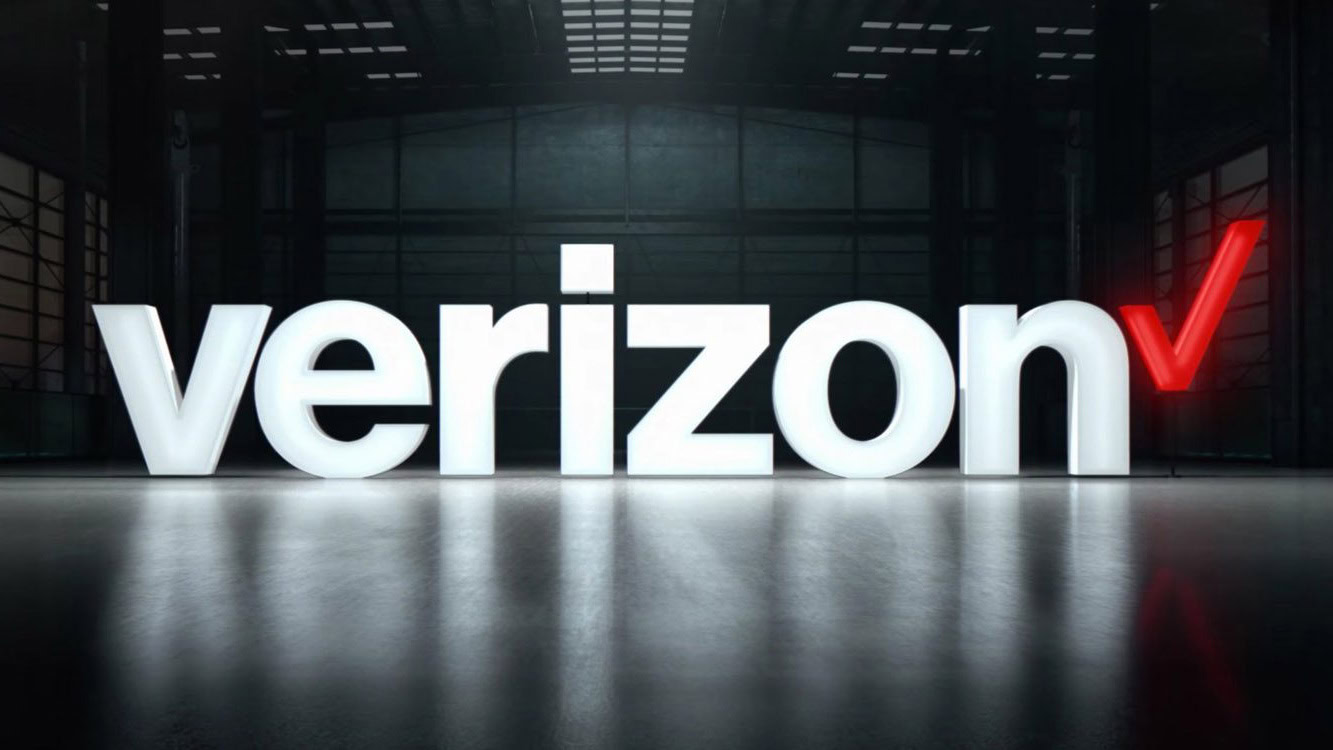
When we first found out that Visible doesn’t consider itself an MVNO, we figured there were only two possible reasons why. The first-yet-highly-unlikely reason is that Verizon offers Visible access to its network for free. If Visible doesn’t have to pay Verizon for access to the network, then by definition Visible wouldn’t be an MVNO.
However, it is incredibly improbable that Verizon would ever do something like that with an independent company.
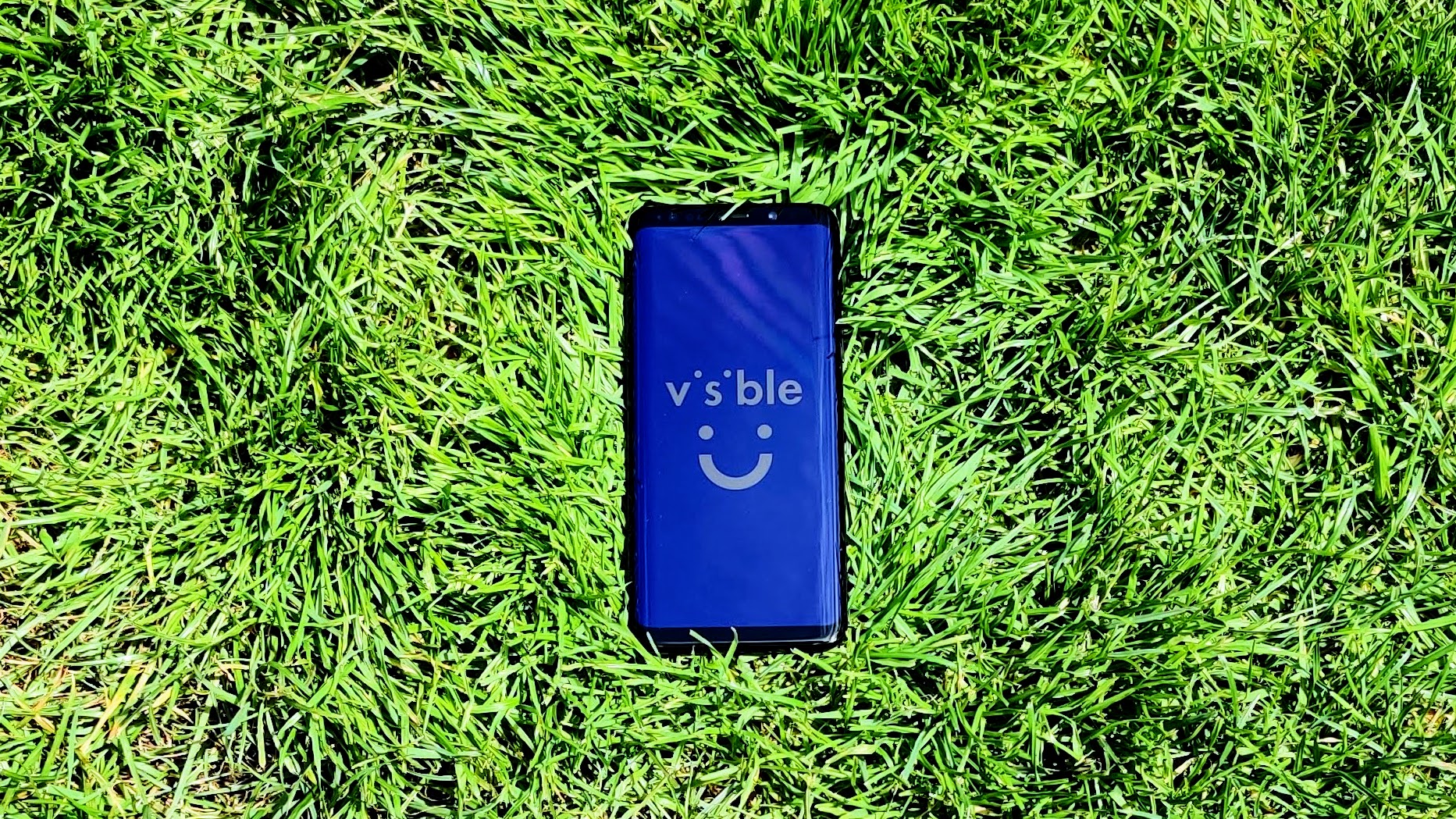
The second reason is that Visible owns the Verizon network because Visible is Verizon. If Verizon and Visible are the same company — that is, Visible is simply Verizon but dressed in a new set of clothes — then Visible technically owns the Verizon network. That makes Visible not an MVNO, but something more akin to MetroPCS, which is wholly owned by T-Mobile, or Cricket, which is wholly owned by AT&T.
We got confirmation from Visible that Verizon does in fact completely own the company, so that explains why Visible is not a Verizon MVNO.
What does this mean for you?
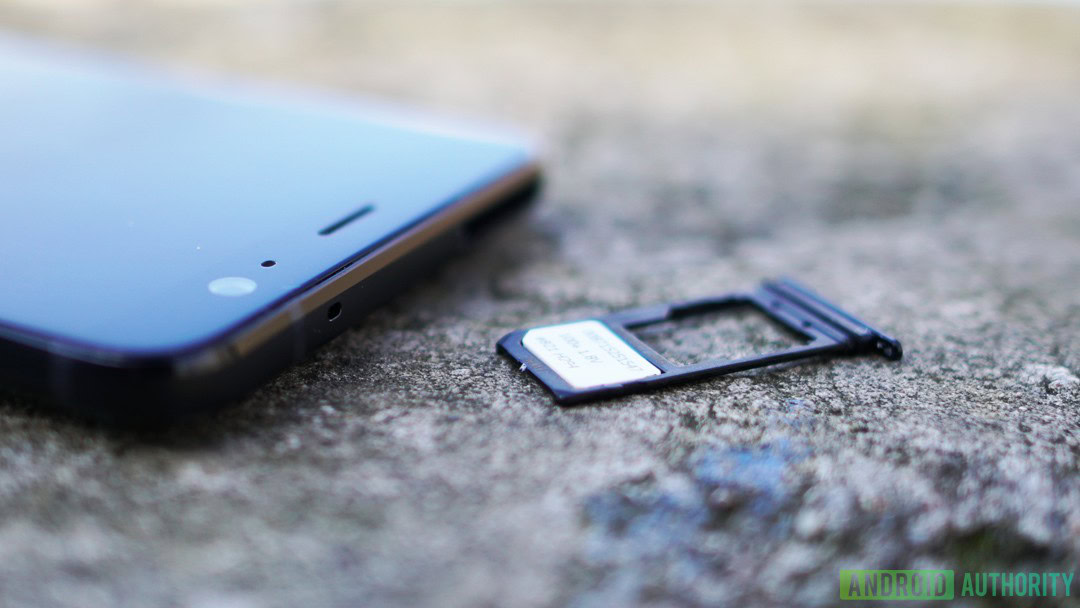
Since Visible is a wholly-owned subsidiary of Verizon, that means the company can operate at a significant loss in its early days. With Verizon’s massive bank account funding the operation, Visible doesn’t have to worry about profitability as a traditional MVNO would.
This means that signing up for Visible service isn’t as risky as signing up for a hot new MVNO. Since MVNOs are simply leasing network access from a major network provider, they can go belly-up at any time. At any moment, T-Mobile could kick Mint off its network. It likely won’t since Mint has a proven track record now, but in the earlier days, I’m sure that was a real fear.
Visible being a subsidiary of Verizon also means that Verizon wants Visible to succeed. In contrast, you can bet your bottom dollar that if Mint started stealing too many T-Mobile customers, T-Mobile would step in and put a stop to it. It’s also possible that the potential merger of T-Mobile and Sprint could put Mint in a weird position: will the T-Mobile/Sprint company want Mint around?
Visible doesn’t have to worry about any of that because its success is Verizon’s success. It is likely that Verizon views Visible as a way to compete with Cricket, MetroPCS, et al., while simultaneously experimenting with a new business model that appeals to younger, tech-savvy consumers. Visible serves a purpose to Verizon, which is to see what customers it can grab who wouldn’t usually go to Verizon.
Should you sign up for Visible?
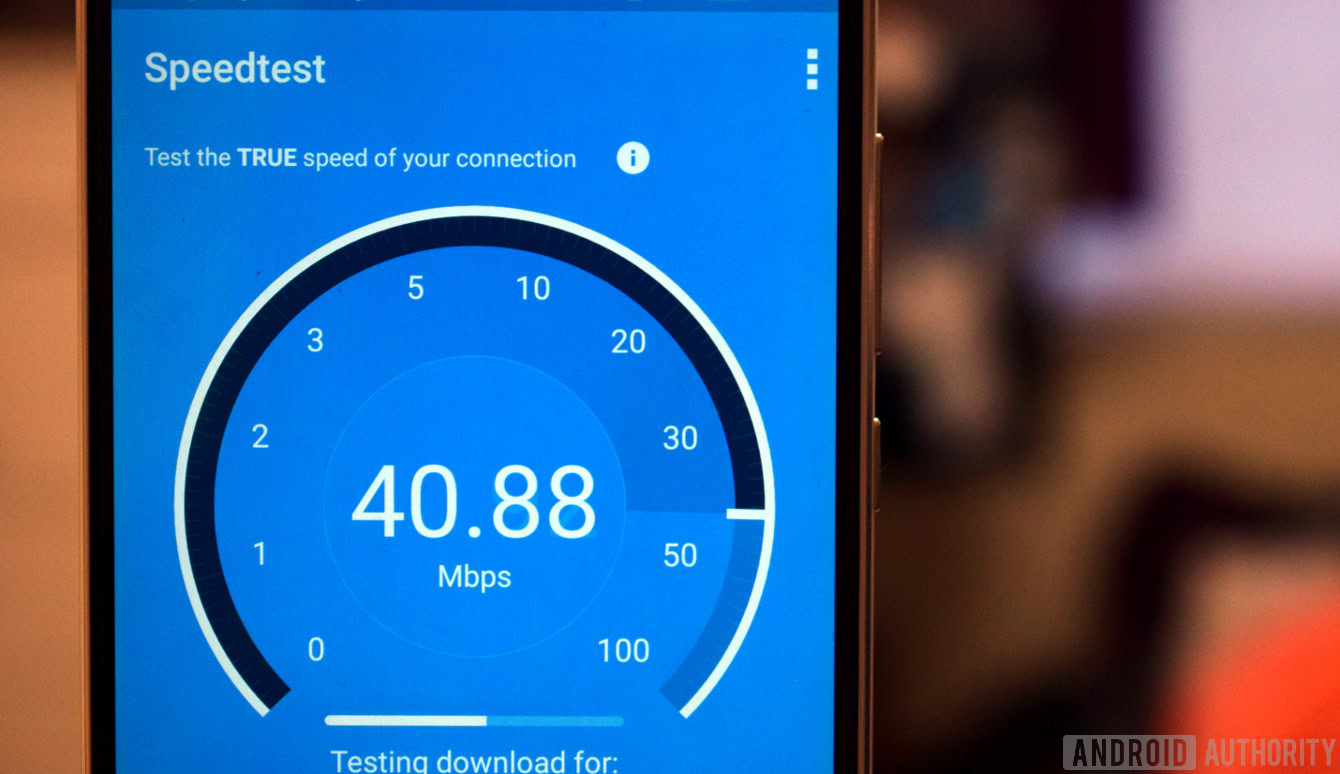
If Visible starts to support Android devices and you can get yourself an invite, you should absolutely consider joining Visible. While the capped data speed of 5Mbps is a drawback, no one can deny that Verizon runs the biggest and most reliable network in the country. To get access to that network at a slow-but-steady speed for $40 per month is an absolute bargain.
The only potential future problem with Visible is that it could be folded into another company if Verizon decides to purchase one. We saw this with the short-lived Aio Wireless, started by AT&T in 2013. Aio was only around for a year before Cricket was purchased by AT&T, which then merged Aio and Cricket together.

If that were to happen, you would quickly go from a Visible customer to a customer of whatever company Verizon decided to buy. However, that is an unlikely scenario as there aren’t too many wireless carriers around for Verizon to nab, unlike in 2014 when AT&T bought Cricket.
The bottom line is that Visible is an experimental push by Verizon to create a different type of carrier, one that exists only online but has the financial backing of the largest carrier in America. That’s certainly something to consider.